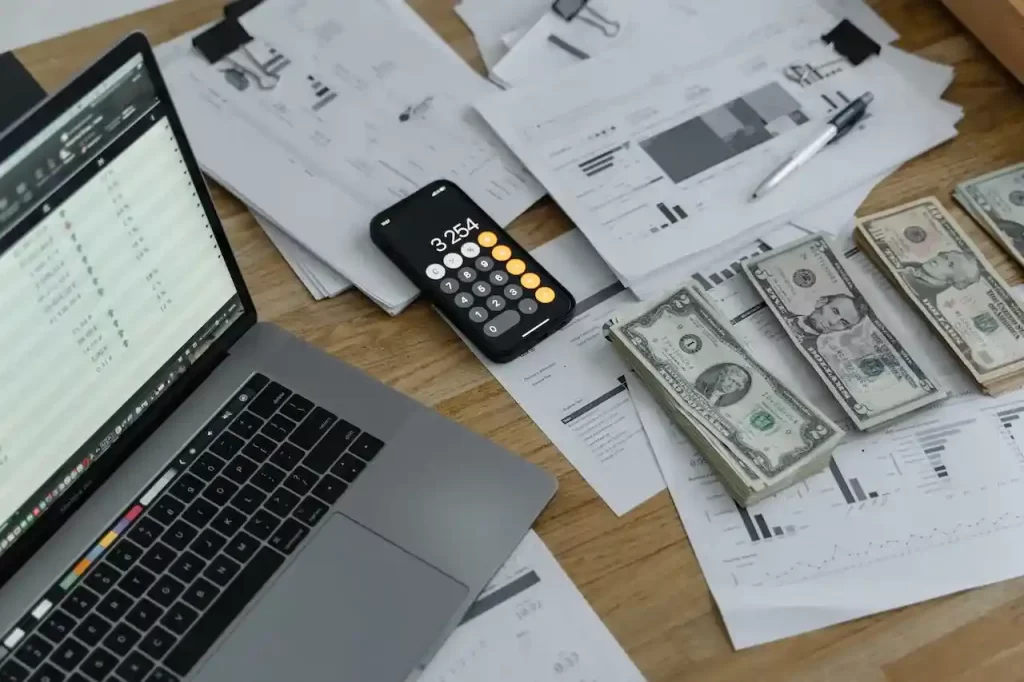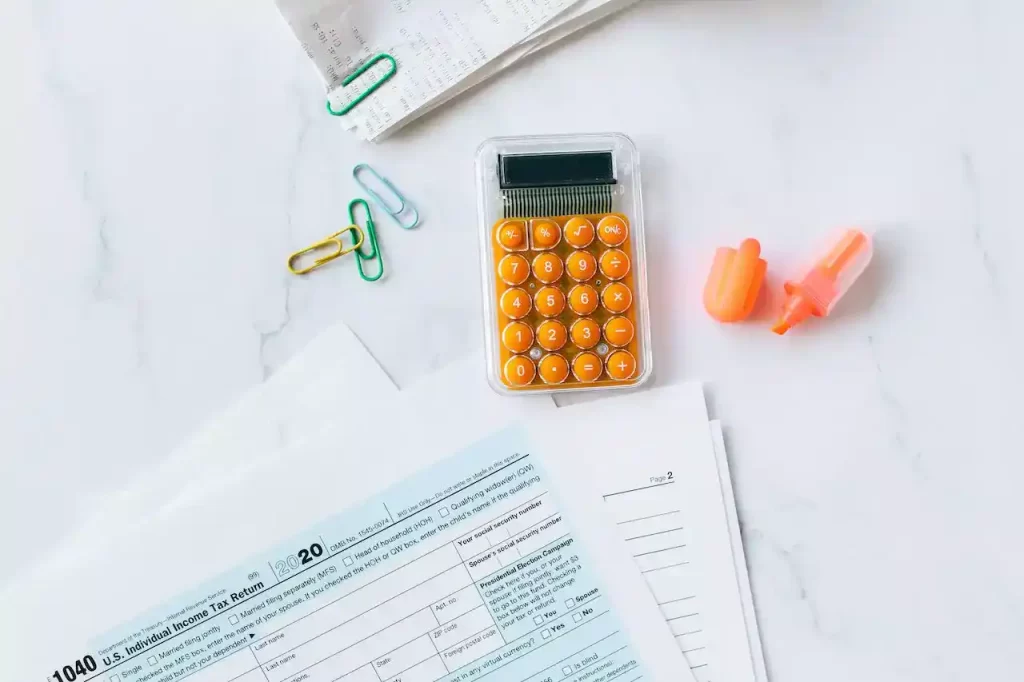Budgeting is an essential aspect of personal finance that helps you keep track of your income and expenses. It helps you understand your spending habits and make informed decisions about how to best allocate your money.
With a simple budget, you can take control of your finances and reach your financial dreams! Whether you want to save up for a vacation, pay off your credit card debt, or just have a better understanding of where your money is going, a simple budget can help you get there.
Think of a budget like a road map for your money. You’ll map out your monthly income and expenses, and decide how you want to allocate your money to make the most of it. Don’t worry, creating a budget doesn’t have to be complicated or time-consuming. You can start with a simple system and adjust it as you go along.
Now that I’m a bit older, I can only imagine how having a simple budgeting plan would have helped me in my early 20s from overspending and not having an emergency fund, but all is not lost as, no matter how old you are you can always create a budgeting plan that can suit your current needs.
By creating a simple and effective budgeting plan, you can ensure that you live within your means, but the best part is, you’ll be one step closer to your financial goals. So here’s an easy-to-follow budgeting plan that you can make within an hour and start tracking your money.
Calculate Your Income
Calculating your income might sound boring, but trust me, it’s an important step in creating a budget that works for you! And, it’s actually super easy to do. Here’s the lowdown:
First things first, add up all the money you make each month. This includes your regular paycheck, any side hustles, freelance work, or rental income. Basically, if it’s money that you’re bringing in, it goes on this list.
Next, consider any benefits you receive, such as child support or alimony. Don’t forget about tax refunds or bonuses you may receive during the year, too!
Now, take a look at any deductions from your paycheck, such as taxes, insurance, and 401k contributions. Make sure you’re accounting for these deductions when you’re calculating your monthly income.
Finally, add everything up! This number is your monthly income, and it’s the starting point for your budget. Congrats, you just calculated your income!
Just remember, your income might change from month to month, so make sure to re-calculate it periodically to keep your budget up-to-date. And, don’t forget to celebrate your hard-earned cash!
Track What You Spend
Tracking what you spend your money on is like a real-life game of “Where Did My Money Go?” It sounds tedious, but it’s a super important part of creating a budget that works for you. And, the good news is, it’s easier than you think!
To get started, just keep a record of everything you spend money on for a week or two. Write down every latte, every gas fill-up, and every online shopping spree. You can use a notebook, a budgeting app, or even a spreadsheet.
Once you’ve got a good handle on what you’re spending your money on, it’s time to categorize your expenses. Make a list of all the things you spend money on, like housing, food, entertainment, transportation, etc. Then, assign each expense to a category.
Now, you can see exactly where your money is going! You’ll be able to see if you’re spending too much on takeout or if you’re blowing your budget on Uber rides. This information is super valuable because it helps you make informed decisions about your spending.
And, here’s the best part: with this information, you can make a plan to cut back on your spending and put more of your hard-earned cash towards your financial goals. So, go ahead and track what you’re spending your money on. You might be surprised by what you find!
Adjust What You Spend To Stay On Your Budget
Alright, you’ve calculated your income and tracked what you spend your money on, and now it’s time to turn all that information into a budget that works for you! Yay!
First, take a look at your monthly income and your expenses. Make sure your expenses don’t exceed your income, or you’ll end up in the red. If your expenses are higher than your income, you’ll need to make some changes.
Next, set spending limits for each of your expense categories. This is where you get to decide how much you want to spend on things like food, entertainment, and housing. Make sure your spending limits are realistic and reflective of your spending habits.
Now, it’s time to put your budget into action. Each time you spend money, make sure to record it and make sure you’re staying within your spending limits. You can use a budgeting app, a spreadsheet, or even a pen and paper as you did on tracking your expenses.
Review Your Budget Every Month
Finally, make sure to review your budget regularly. At the end of each month, take a look at your spending and see if you need to make any adjustments. Did you go over budget in one category? Did you have any unexpected expenses? Use this information to make changes to your budget and keep it working for you.
And, that’s it! You’ve just created a budget that works for you! Congrats! Budgeting might not be the most exciting thing in the world, but it’s a powerful tool for taking control of your finances and reaching your financial goals. Even though it might be time-consuming to budget, the results are worth it.
Summary
Alright, let’s do a quick rundown of everything we’ve talked about so far!
To start off, we calculated your income by adding up all the money you make each month, including any benefits and accounting for deductions.
Next, we tracked what you spend your money on by keeping a record of all your expenses and categorizing them. This helped us see exactly where our money is going and make informed decisions about spending.
Finally, we turned all that information into a budget! We made sure our expenses didn’t exceed our income, set spending limits for each category, put the budget into action, and reviewed it regularly to make adjustments as needed.
And, that’s the basics of budgeting! It might sound like a lot, but it’s actually a simple process that can have a big impact on your finances. By calculating your income, tracking your spending, and creating a budget, you’re taking control of your money and setting yourself up for financial success. So, go ahead and get started!





